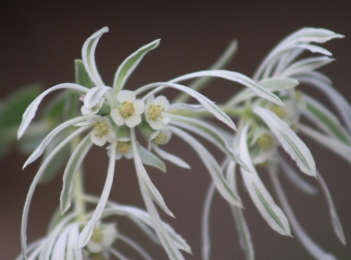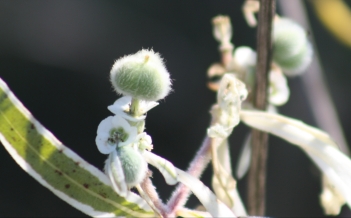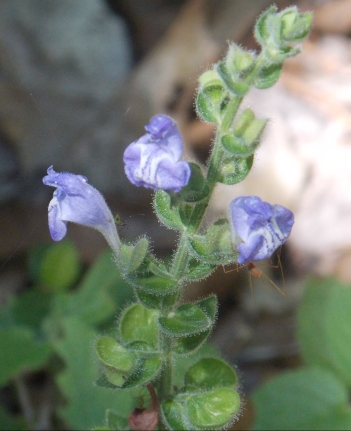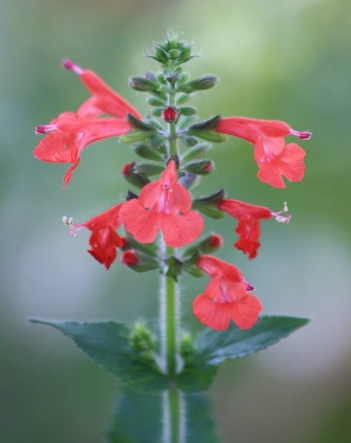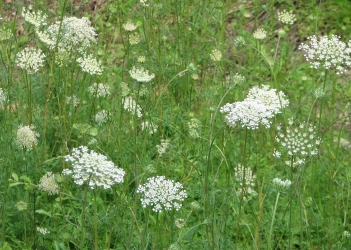Pale Yucca (Shiners Yucca, Soap Weed) Yucca pallida/arkansana/louisianensis/freemanii. Born from a thick, fibrous root or corm, this trunkless rosette of spine-like, grey-green leaves, 1’ or more long, often forms branching clumps. A flower spike with prominent nodes, growing up to 5’ tall bears large, waxy, nodding, cream colored flowers, which rarely open completely. 6 identical, linear veined petals enfold a fleshy pistol with 6 thick, bent stamen. Flowers are pollinated by sphinx moths, which lay their eggs on the pistol. The infant larva eat most of the seeds, exiting the pods in their first molt. Intolerant of shade, Yucca are found on open grassy or rocky areas, like power-lines or pastures. The fibrous leaves were used as a source of cordage by Amerinds. The thick roots contain saponins, which suds like soap, so Yucca are sometimes called ‘soap weed’. The flower spikes can be eaten like asparagus when first growing. (57-66) 4/28/15-5/28/15; 4/25/16; 4/7/17-5/28/17; 5/1/18-5/26/18; 4/28/19; 5/5/20

Pale Yucca habit; rising from a corm like stem, a rosette of long, flat, grey-green, spike like leaves grows a flower spike with prominent nodes at regular intervals, bearing large, nodding, cream colored flowers

Note; nodding, waxy, cream colored flowers, each with 6 sepals and petals, that do not open fully, are arranged in an alternating spiral around the flower spike

Note; new seed capsules, which turn woody with age, have a figure 8 shape

Note; old seed capsules are dark grey, splitting along three sutures to release flattened seeds










